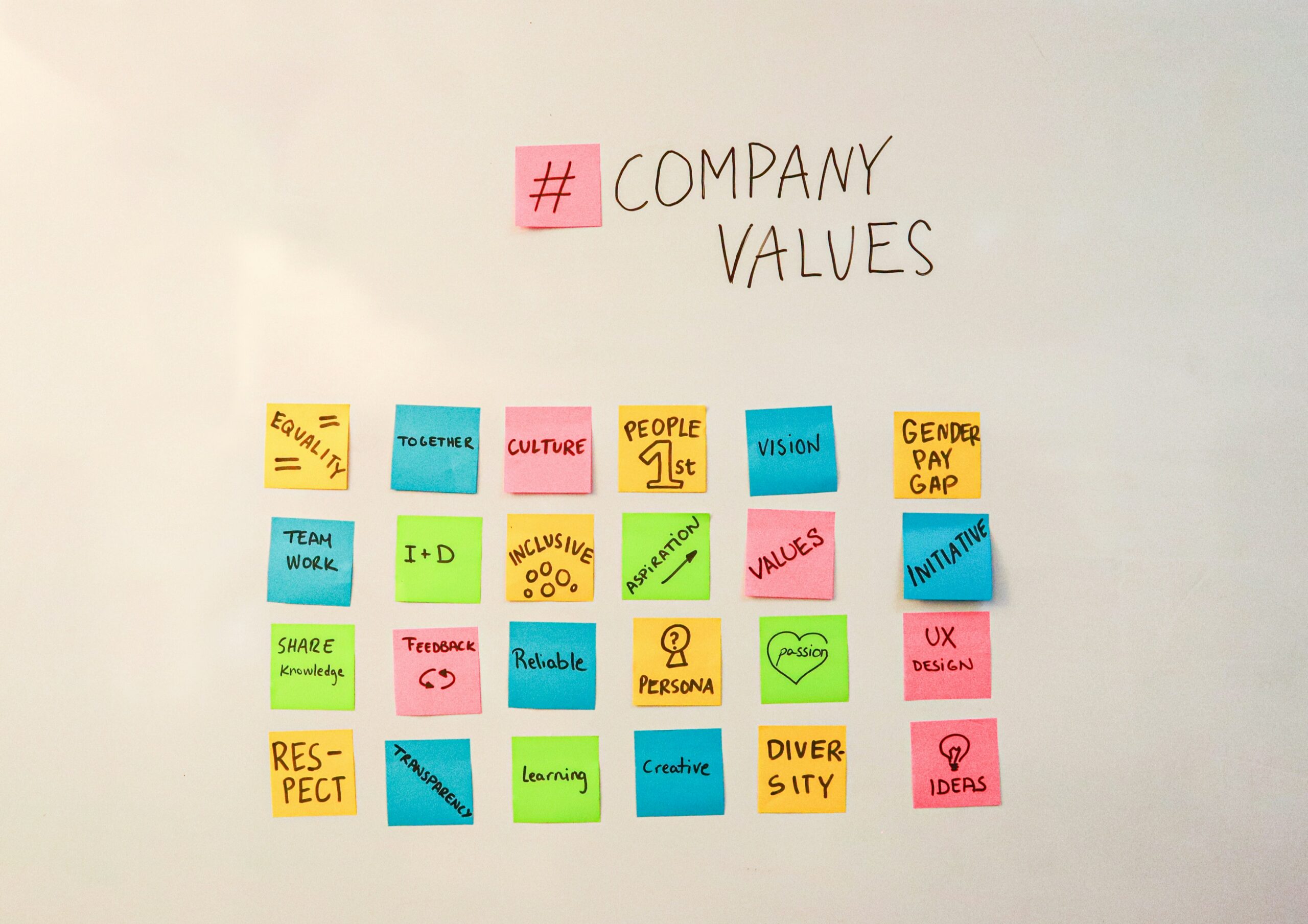Korn Ferry research reveals that inclusive leaders are rare. Organizations must develop more inclusive leaders for these complex, disruptive times
Inclusive Leaders are Essential and in Demand
Inclusive leaders are rare. They’re the ones who connect emotionally with their teams, help navigate volatility and uncertainty and give them a different, more positive vision for the future. Inclusive leaders find ways to optimize the contributions of their workforce—and realize that the more diverse their workforce, the better the ideas, contributions and results.
Working more collaboratively and holistically, inclusive leaders build a network of talent that can think more creatively and differently and make better decisions, no matter how complex and disruptive their world is. In other words, inclusive leaders are essential, and they’re in demand at every level of every organization.
But our research shows that few leaders have the competencies and traits that make them fully inclusive. We benchmarked 24,000 leader assessments against our Inclusive Leader model, and not one ranked in the top 25 percentile on all 10 competency and trait composites in our model. Only 5% of these leaders ranked in the top 25 percentile on six or more competencies.
That means organizations have an urgent need to start developing more inclusive leaders now.
What Are the Traits and Competencies that an Inclusive Leader Needs?
We analyzed our database of more than 3 million leadership assessments to develop our Inclusive Leader model. We narrowed down five enabling traits and five competencies, or disciplines, that enable leaders to activate the right behaviors.
The traits are a leader’s natural tendencies and abilities, including their:
A leader who is honest and follows through; establishes rapport by finding common ground while simultaneously able to value perspectives that differ from own.
A leader who considers all points-of-view and needs of others and skillfully navigates conflict situations.
A leader who motivates others, supports their growth, and joins forces for collective success across differences.
A leader who takes a broad worldview, adapts approach to suit situation; and innovates by leveraging differences.
A leader who is willing to confront difficult topics and brings people of all backgrounds along to achieve results.
5 traits of an inclusive leader
- Authenticity: Trust and humility.
- Emotional resilience: Composure and self-awareness.
- Self-assurance: Confidence and optimism.
- Inquisitiveness: Openness to differences, curiosity, and empathy.
- Flexibility: Tolerance of ambiguity and adaptability.
The competencies are the observable skills and behaviors required for success at work, offering a view into a person’s current level of proficiency on work-related skills.
5 competencies of an inclusive leader
- Achieves transformation: Leads with courage, persuades others and drives results.
- Builds interpersonal trust: Values differences and instills trust.
- Integrates diverse perspectives: Balances stakeholders and manages conflict.
- Optimizes talent: Drives engagement, develops talent and collaborates.
- Applies an adaptive mindset:Has situational adaptability, shares a global perspective and cultivates innovation.
When applying this research to our leadership assessments, we found that the nations with the highest number of inclusive leaders were New Zealand (12.9%), Australia (10.8%) and the United States (9.7%). The top industries with inclusive leaders were nonprofit (9.5%), government (7.5%) and healthcare (7.3%). And, as for functions, no group scored over 10 percent: creatives were highest (9.1%), followed by executive and general management (6.8%) and information technology (5.9%).
Two Types of Inclusive Leaders
Our research also noted another pattern while analyzing the distribution of the traits and disciplines: there are two types of inclusive leaders. Some inclusive leaders lead with their heart, while others lead with their head.
Leaders who lead with the heart
The heart-centered cluster had higher average scores on the people-related traits — authenticity and emotional resilience—and disciplines—optimizes talent, integrates diverse perspectives and builds interpersonal trust.
Leaders who lead with the head
The head-centered cluster was more mindset- and action-oriented; they scored higher on the traits of flexibility and inquisitiveness and the disciplines of applies an adaptive mindset and achieves transformation.
What does this mean for your organization? Ideally, you’ll have a balance of head and heart leaders throughout your organization. And you’ll need to find ways to develop inclusive leaders with both sets of traits and disciplines. That means you need to help your leaders learn new ways of leading. So, for example, heart-centered leaders must develop an approach to diversity and inclusion that leads to organizational transformation. Meanwhile, head-centered leaders should work to improve their emotional connections with their diverse talent.
When inclusive leaders develop the skills and disciplines that enable them to lead with both their head and heart, they’re better able to build rapport and trust, recognize different learning and thinking styles, welcome new and diverse people to the table, seek out contributions from those who bring different experiences to the discussion and elicit their talent’s personal best. They can also practice inclusion systematically, whether they’re conducting talent review discussions, assigning a developmental opportunity or deciding who to bring onto a team.
How You Can Develop More Inclusive Leaders
As we continue to recover from the pandemic, inclusive leaders will play an increasingly critical role. Organizations can grow their ranks of inclusive leaders by setting the right framework, including the tools, systems and processes necessary to build heart and head leaders.
- Effective assessment and training for inclusive leadership
- Access to just-in-time tools that leaders can use to interrupt their unconscious biases
- Structurally inclusive processes and systems, ensuring that job requirements, behaviorally based interviews, success profiles and other evaluative tools are bias-free.
- Methodologies such as inclusive design that leaders can apply to remedy systemic inequities.
By establishing this framework and developing more inclusive leaders, organizations will realize the true benefits of diversity and inclusion.
To learn more about our Inclusive Leader model, download our article, Head and heart leaders for an equitable future,
The article was first published here.
Photo by Josh Calabrese on Unsplash.

 5.0
5.0 





















